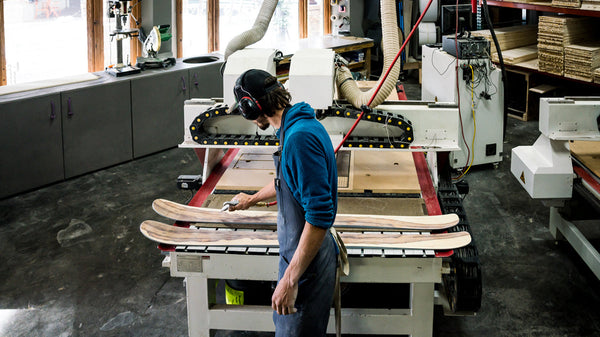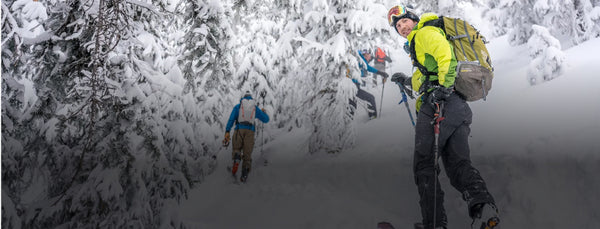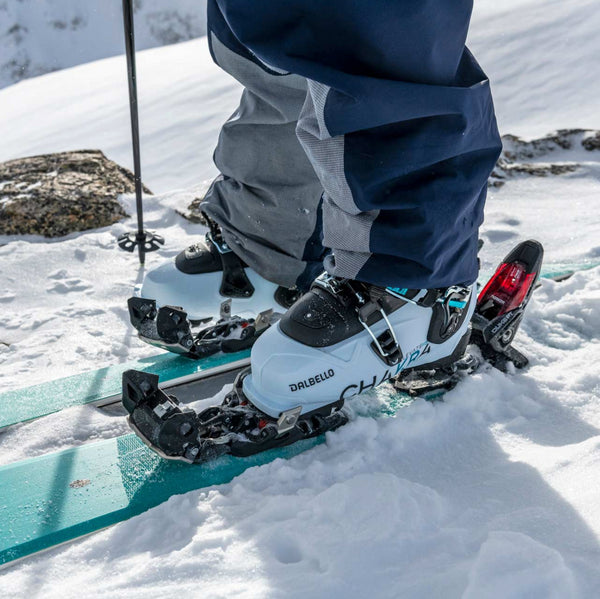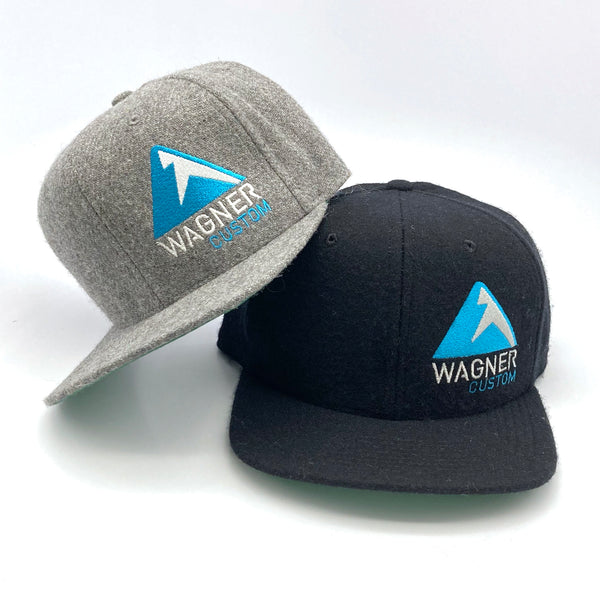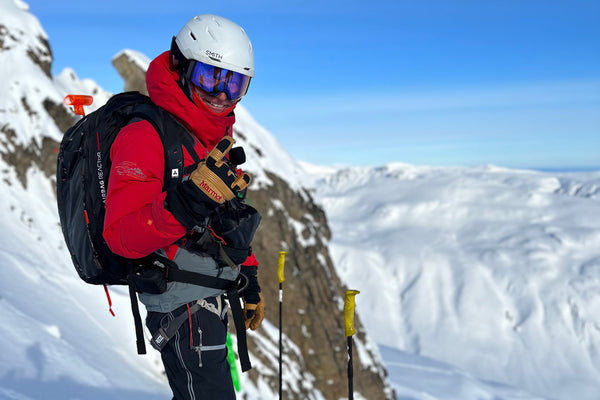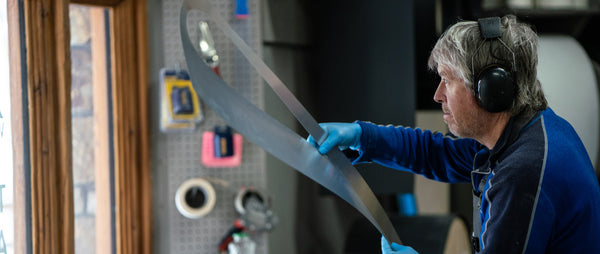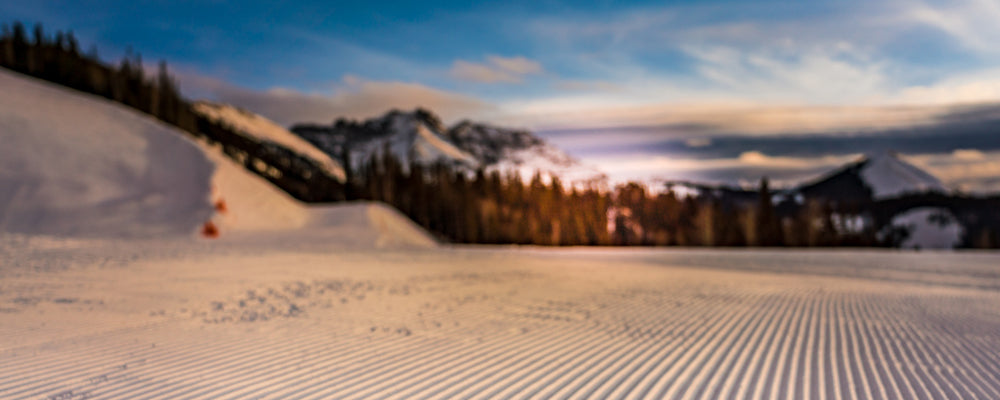
The Best Skis for Groomers
Let’s face it: hard snow happens. A lot.
Despite all those images of blower pow you see in all the mags, most of the time we are skiing groomers and chalky steeps. However, with the right tools on your feet, you will quickly realize that carving is cool. Here’s our guide to the skis that will make every day (almost) as fun as a powder day.
First, the basics. The type of terrain a ski prefers is all about the waist-width (read our Buyer’s Guide for more). Narrower skis prefer harder snow, because they’re easier to tip over onto their edge, have quicker power transfer, and have more edge-grip underfoot. Wider skis prefer softer snow, because they have more surface area to float above it.

You can spot an ex-racer a mile away by how they turn on groomed snow.
As far as profile goes, truly narrow skis are fully cambered, because it allows more edge contact (and more hard-snow grip) on the snow when flexed. Mid-range narrow skis (which prefer groomers but are capable in all terrain) will likely have camber underfoot and a touch of rocker in the tips and tails for versatility. (Read this for more on shape.)
Now, here are some questions to ask yourself when shopping in this category.
Q: Will this groomer ski be your everyday ski, or will it be one of many in your quiver?
A: If it’s your everyday ski, you may want to consider something in the all-mountain narrow waist-width (85-95 mm) so that you will have a bit of versatility and comfort. If it’s a quiver ski, go narrower (75-85 mm), and don’t be afraid of one with a little attitude. These demanding, wasp-waisted numbers will bite on ice and make you cry with speed, but, oh, that snow jetting into your shin hurts so good.
Q: Do you prefer light and lively or damp and stable?
A: A light and lively ski will likely have a wood core and fiberglass laminates (and perhaps a carbon fiber torsion box). The upside of this ski is that it is responsive, poppy, forgiving, and fun—and the downside is that it may feel flighty and skittish in crud or even frozen corduroy.

Wagner's own Herb Manning lays down a few railroad tracks on Milk Run in Telluride.
On the other hand, a damp and stable ski will likely have a wood core sandwiched by two sheets of metal (Titanal is a misnomer—it’s actually an aluminum alloy). It is more likely to feel powerful, stable, and stuck to the snow, which is very confidence-inspiring at speed. It will also grip on the groomed and plow through crud, but it may feel more demanding and tiring. (Read this for a complete primer on materials and how they perform.)
Q: Do you like short turns or long turns?
A: The ski’s sidecut radius describes the type of turn the ski will naturally want to make. (We’d go into how this is calculated, but it involves circles and formulas, and we'll let your ski designer handle the math.) Suffice it to say that the smaller the turn radius, the tighter the turns. (Read this for more.) Shorter radii (think slalom turns) are also better for beginners and intermediates learning to carve because the ski naturally wants to lay over on edge, even at slower speeds.
Now you have the basics to help you get your carve on. (You’re welcome.) For more help designing the perfect groomer ski for you, contact Wagner Skis today. They’ll walk you through the process and guarantee the results.
--
Article by Kimberly Beekman
Kimberly Beekman is the former editor-in-chief of the late, great Skiing Magazine (RIP), and a longtime editor of SKI Magazine before that. She currently uses the title of “freelancer” as a beard to ski powder all over the world. She lives in Denver, Colorado, with her wonderful daughter and terrible cat.

